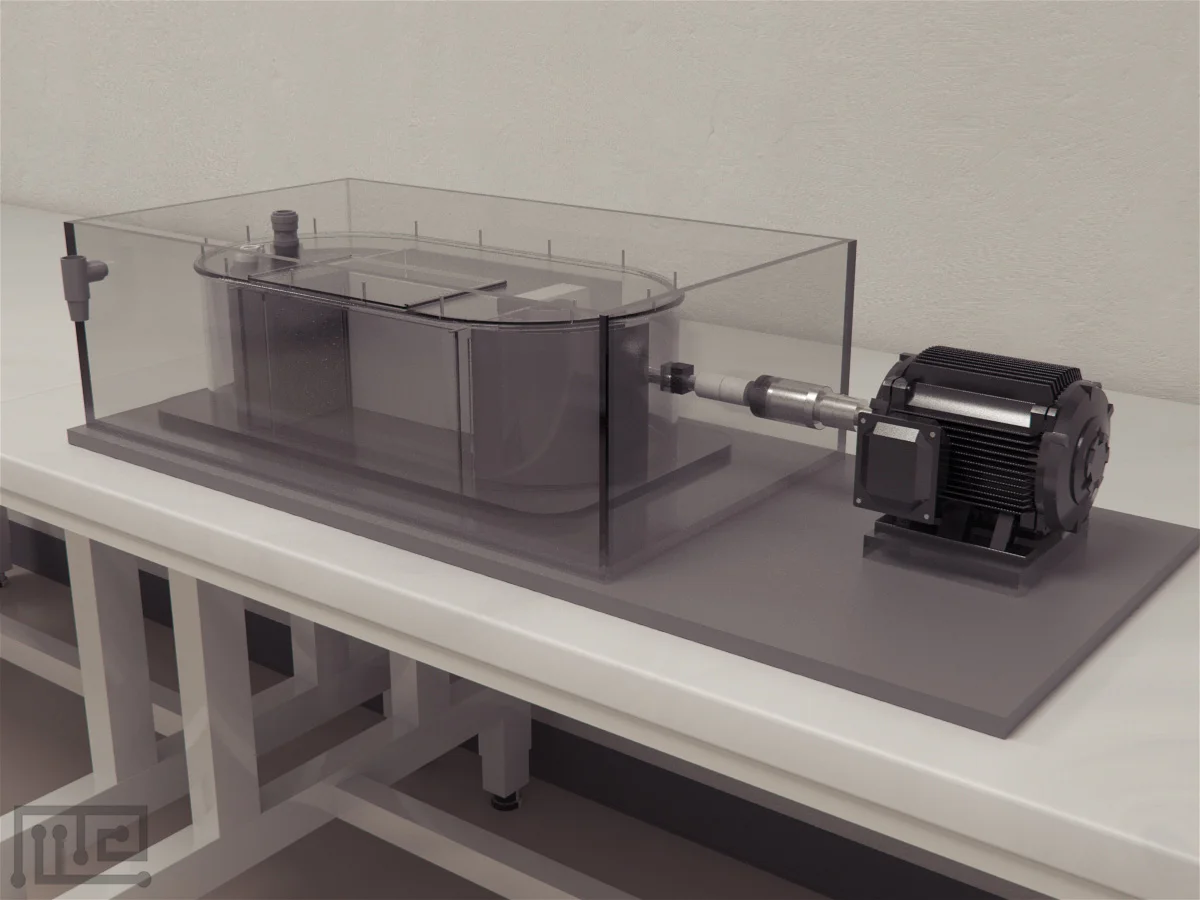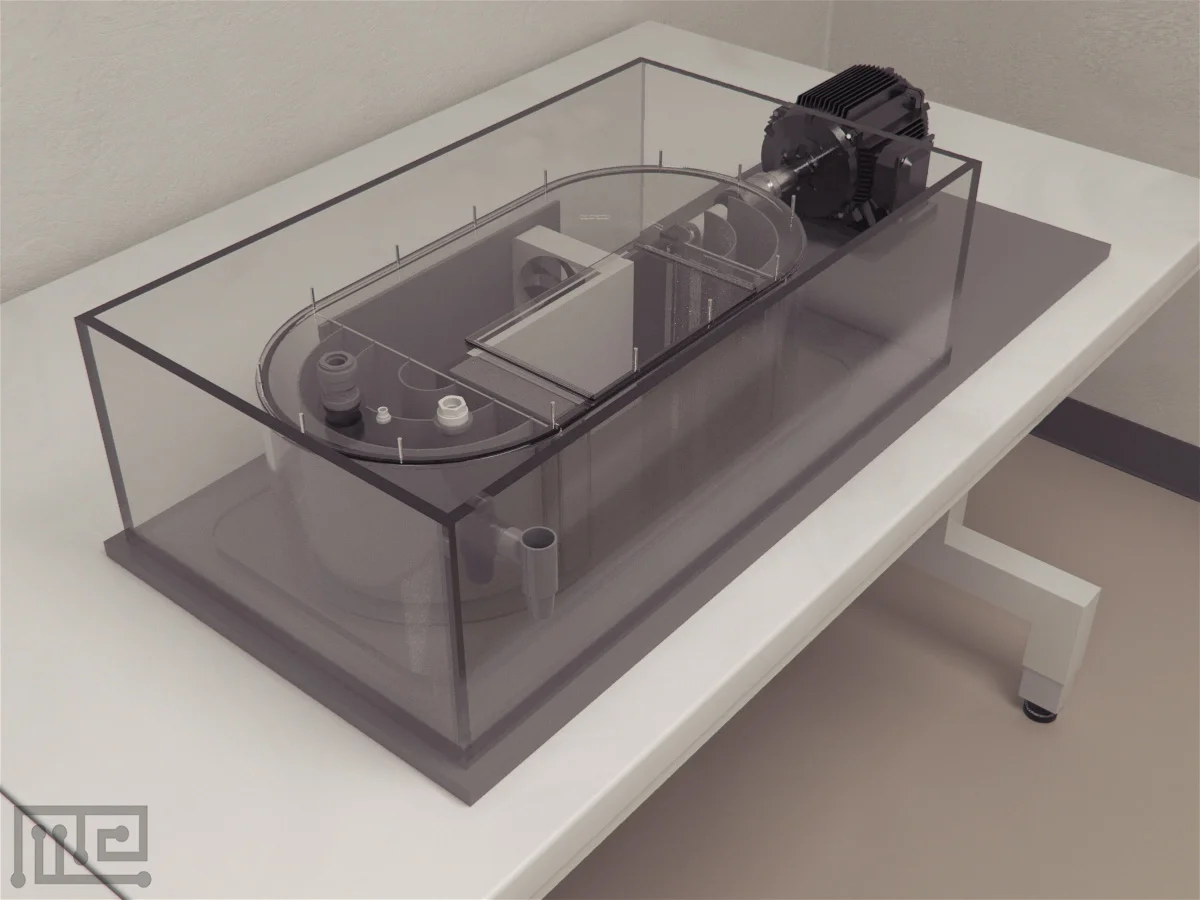Following habituation, begin the Endurance Swim Tunnel task. Incrementally raise the water flow speed by 4.5 cm/s in 10 steps until the subject ceases swimming and appears to be pushed to the end of the test area for 5 seconds. Then, let the subject recover at a flow speed of 4.5 cm/s for 45 minutes. Perform one trial per week for a total of 4 weeks.







